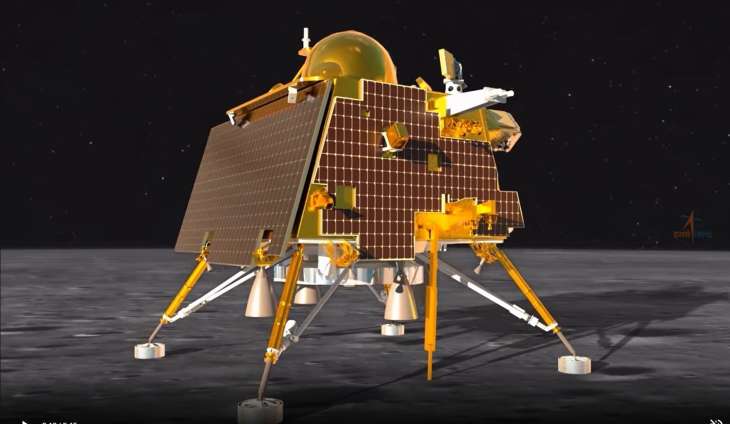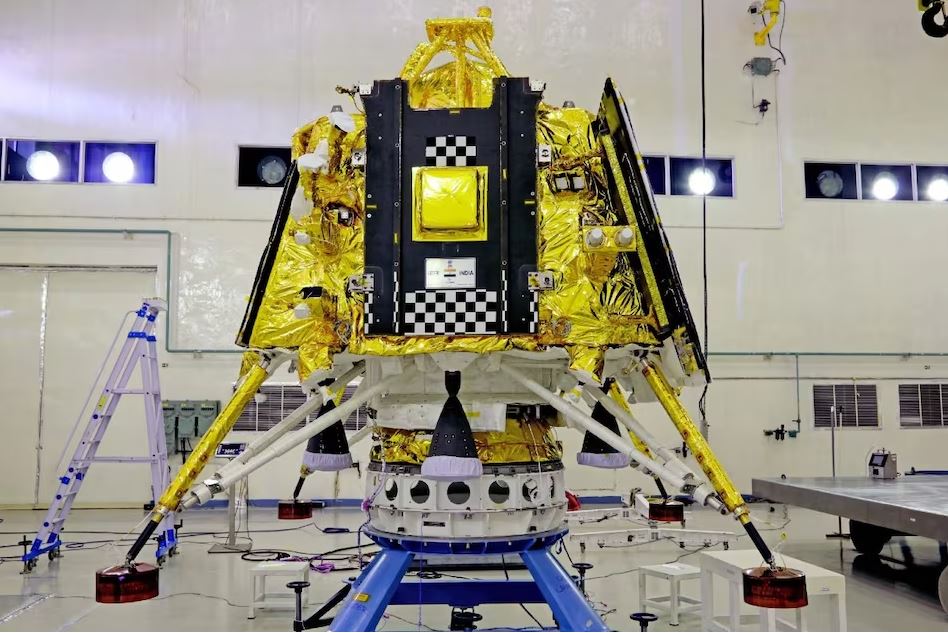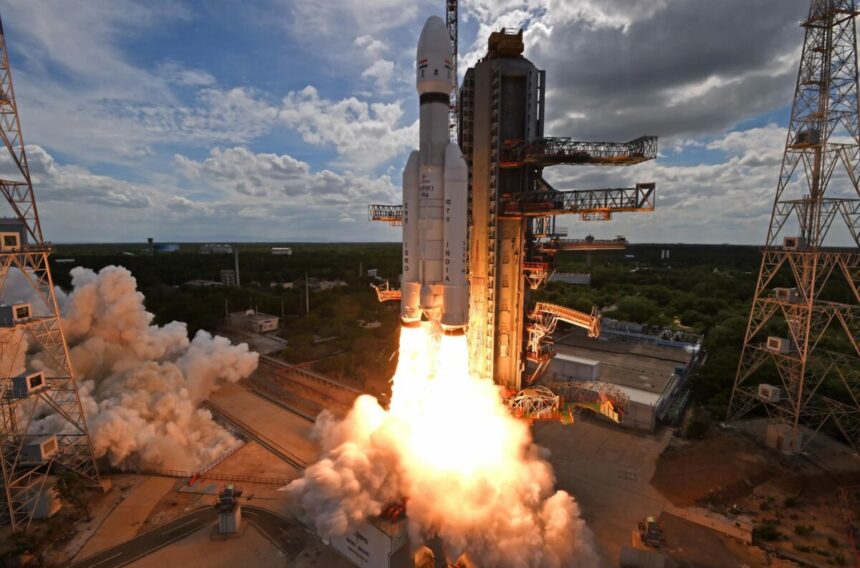On August 23rd, India’s Chandrayaan-3 mission successfully deposited the Vikram lander and Pragyan rover onto the lunar surface. However, as the lunar day draws to a close two weeks later, there are concerns that the rover’s mission might come to an end. The Indian Space Research Organisation (ISRO) has initiated a sleep mode for Pragyan.
Pragyan rover’s charging problems during Lunar Night
We’re accustomed to rover missions enduring for extended periods, largely owing to NASA’s Mars rovers, which are equipped with long-lasting MMRTGs (Multi-Mission Radioisotope Thermoelectric Generators). However, these MMRTGs are considerably expensive, whereas the Chandrayaan-3 mission was relatively cost-effective, coming in at around $75 million.
Nonetheless, Pragyan relies on solar power, and as the lunar night approaches, it faces a significant challenge. Pragyan has completed the transmission of all its data during its brief mission and has now entered a hibernation mode. The lunar surface’s temperature is expected to plummet to a frigid -120°C (-184°F), posing a potential risk to the spacecraft’s electronics, which were not designed to withstand such extreme cold. Nevertheless, the rover’s battery remains charged, and its receiver is operational. There remains a glimmer of hope that it can be reactivated once the lunar night passes, potentially resuming its mission on September 22nd.

Engineering success and scientific goals in Chandrayaan-3 mission
In terms of engineering objectives, the mission’s primary goals were to achieve a safe landing on the Moon and demonstrate the rover’s capability to traverse the lunar surface. These objectives were successfully met. In the realm of scientific objectives, the Chandrayaan-3 mission was primarily tasked with detecting water ice and characterizing the composition of the lunar regolith, employing a spectrometer and spectroscope for this purpose.
Additionally, its measurements aimed to enrich our understanding of lunar impacts and the evolution of the lunar atmosphere. Notably, the Indian Space Research Organisation (ISRO) has already released some mission data, including temperature measurements taken by the lander, revealing a substantial contrast between surface and subsurface temperatures, with surface temperatures reaching 50°C and temperatures just a few millimeters below the surface dropping to -10°C, providing valuable insights into the lunar thermal environment.

This achievement further solidifies India’s expanding expertise in space missions, building upon a track record that includes the successful launch of numerous satellites, both for their own purposes and on behalf of other nations. Notably, their Mangalyaan Mars Orbiter exceeded expectations with a mission duration of 7.5 years. Additionally, India is on the cusp of a significant milestone with its impending collaboration with NASA on their first mission to the International Space Station (ISS).
The potential for Pragyan to reawaken when lunar night subsides, coinciding with the Sun’s return on September 22nd, offers an exciting prospect. Should ISRO successfully revive Pragyan, it would undoubtedly enhance the overall success and significance of the Chandrayaan-3 mission.








